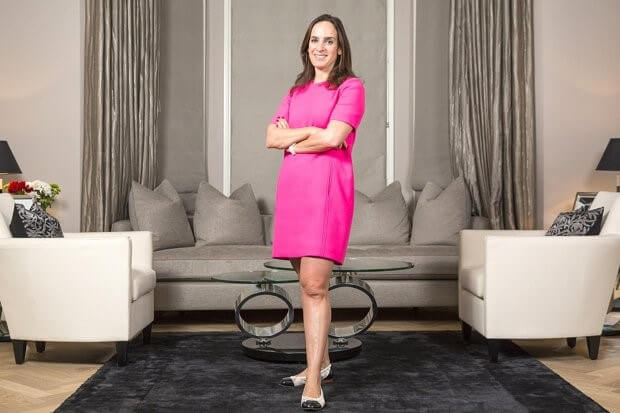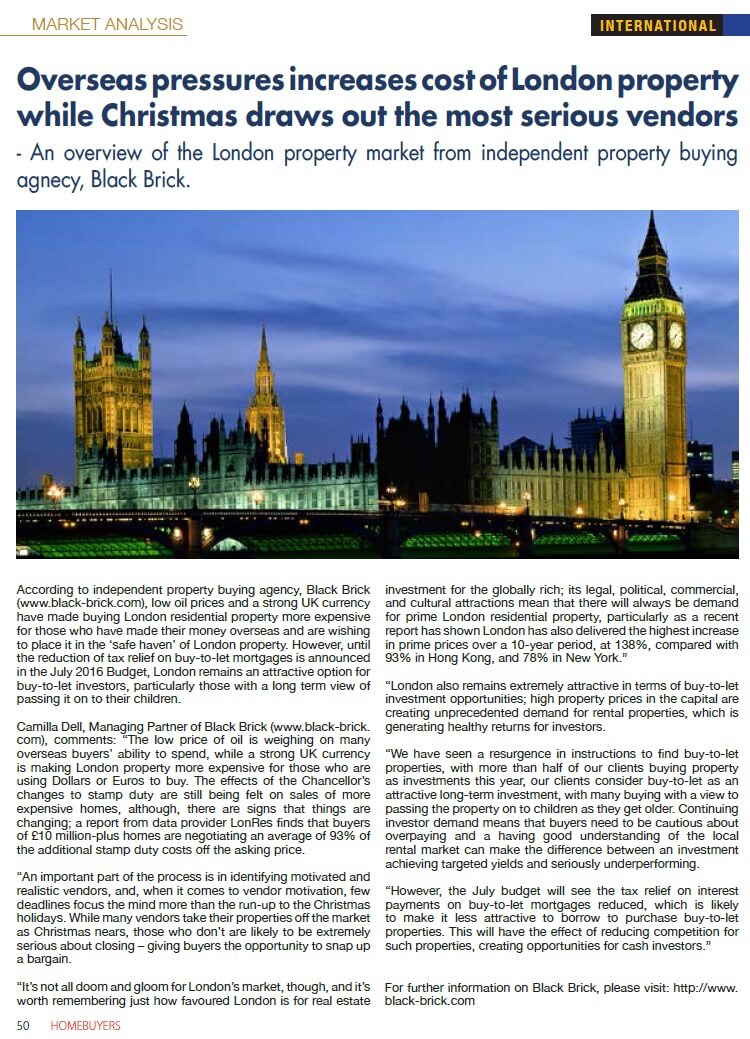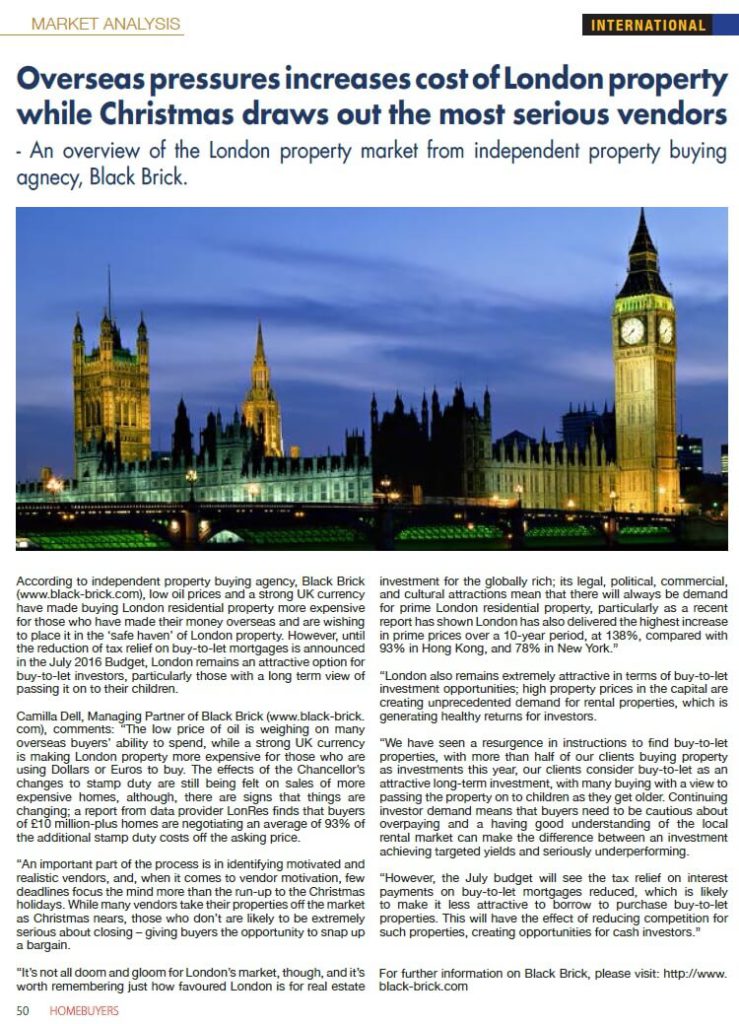If January has been a dry one for you so far, it’s okay, you’re on the home straight; there’s less than a week, or about half a million seconds, to go.
But it seems we aren’t just fair – (or freezing-) weathered friends of a health fad. Fitness is becoming a major focus for London’s luxury developers. It’s no longer acceptable to plonk the pool and gym in a sweaty basement. Now they dangle trophy pools between towers (see Ballymore’s Embassy Gardens) and dedicate prime upper floor space to treadmills with a panoramic view.
Never ones to shy away from a show-stopping swimming pool, Berkeley have gone to town at the Foster + Partners-designed South Quay Plaza, where apartments cost from £599,950. There’s a 9,000 sq ft health club with “dry” and “wet” sections, so you can cover all your spa and cardio needs before taking a dip while overlooking Canary Wharf through vast double-height windows.
There’s also Berkeley St George’s London Dock near Tower Bridge – prices from £869,950 to £3.5m, which provides a touch of bling while you swim with a gold-tiled wall running along the pool’s edge and a spa reception and treatment rooms to out-do any five-star hotel spa.
London Dock also has one of the city’s only “residents only” squash courts – something that 37 per cent of us say we’d like in a new development, according to a recent survey by CBRE, who are marketing London Dock. Having a gym is the top demand (76 per cent), a pool is as popular as a private garden (69 per cent) and 46 per cent of us would like a spa.
The amenities that developers choose are also a pretty good pointer of who your neighbours might end up being. Winding down for residents at Queen’s Wharf in Hammersmith – where one-bed flats start at £715,000 – means soaking up serene river views from the rooftop yoga terrace on the roof. But at Keybridge in Vauxhall – where one-beds cost from £675,000 – stress relief will come from the boxing gym in the basement. It’s the difference between those who want to “keep fit and switch off” and those who need to “burn off steam”, says Rosie Nesbitt, sales and marketing director at FABRICA, the co-developer of both projects with Mount Anvil.
Developers are also latching on to the fad for al fresco fitness. Barratt London have what must be the city’s most scenic outdoor badminton court, along with an outdoor gym, table tennis and chess tables, at Fulham Riverside, where one-bed flats cost from £796,995.
And in east London, City Road’s target demographic of young techies and City types has lead Berkeley Homes to provide a boot camp terrace at 250 City Road. “It will appeal to buyers who work long hours and it engages with the growing trend of exercising outdoors – away from crowded parks, pavements and cycle paths – after a day spent confined to a desk,” comments Piers Clanford, MD at Berkeley Homes (North East London).
Down the road at No. 145 is The Atlas Building, where the developers Rocket Investments feel buyers will want a swim with a view, with full-height windows along the length of the pool. Flats cost from £628,000 to £5m for the duplex penthouse. “Having high-quality lifestyle facilities is becoming an important differentiator in the luxury residential market. Buyers are increasingly focused on well-being,” says Andrew Hawkins, Rocket Investments’ director.
Meanwhile, Islington Square – Sager Group’s £400m redevelopment of the old North London Royal Mail centre near Upper Street, with flats costing from £715,000 to £1.79m – has gone for trendy branding by signing up Third Space to take over its fitness club.
It won’t just be typical Third Space trendies who sweat their stuff here, but families too as this will be the gym’s first Family Club, with children’s training space among the facilities on offer, plus some of London’s most designer changing rooms. Third Space’s CEO Colin Waggett describes it as “part of our vision to redefine London’s fitness club landscape”.
Just as high-end apartments are starting to look like the swankiest hotels, so must the facilities, thinks Camilla Dell, managing partner at Black Brick buying agency. “Residents at the Corinthia Residences in Whitehall Place have access to one of the largest spas in Europe, spread over four floors with 17 treatment rooms, a vitality pool, amphitheatre sauna, ice fountain, marble heated loungers and private sleep pods,” Dell comments. You can buy one of those Corinthia apartments, incidentally, for £11.425m through Savills or Knight Frank.
Dell also mentions Television Centre, the new development at White City, which will have a 20,000 sq ft gym for residents and paying members, along with a Soho House hotel and members club with a rooftop pool. “Developments are becoming more like ‘destinations’ for outside visitors as well as property owners,” she says.
For some, though, keeping fit is more of a theoretical pursuit. As Jo Eccles, managing director of Sourcing Property, recalls: “We recently searched for a property for one young client who insisted on having a gym in her building but rejected any property that required climbing stairs”. Bet she’s counting down the minutes until the end of Dry January.



